Visit Bucharest: what are the best things to do and see in the capital of Romania?
The capital of Romania has a bad reputation, but in fact it is a dynamic city , energetic and more than interesting. It is in Bucharest that not yet remodeled communism responds to unbridled capitalism. Many travellers only give the city one night or two before leaving in Transylvania, but it is obviously not enough. Consider staying there at least a few days to go to the good museums, stroll through the parks and drag into trendy cafés.
Although a large part of the centre is modern and cozy, you will find a few splendid Orthodox churches 17th and 18th century hidden in quiet corners and elegant art new villas. Communism has changed the city’s face for good, and no other place more obvious to check it than titanium Parliament Palace , certainly the most insane and probably the most coarse tribute to the dictatorial megalomania that you will never see. But before Nicolae Ceaușescu came to power, Bucharest was known as the “Little Paris of the Balkans” for its architecture. So if you plan to visit the Romanian capital, here are the best things to do in Bucharest !
1. The museum of the Romanian village
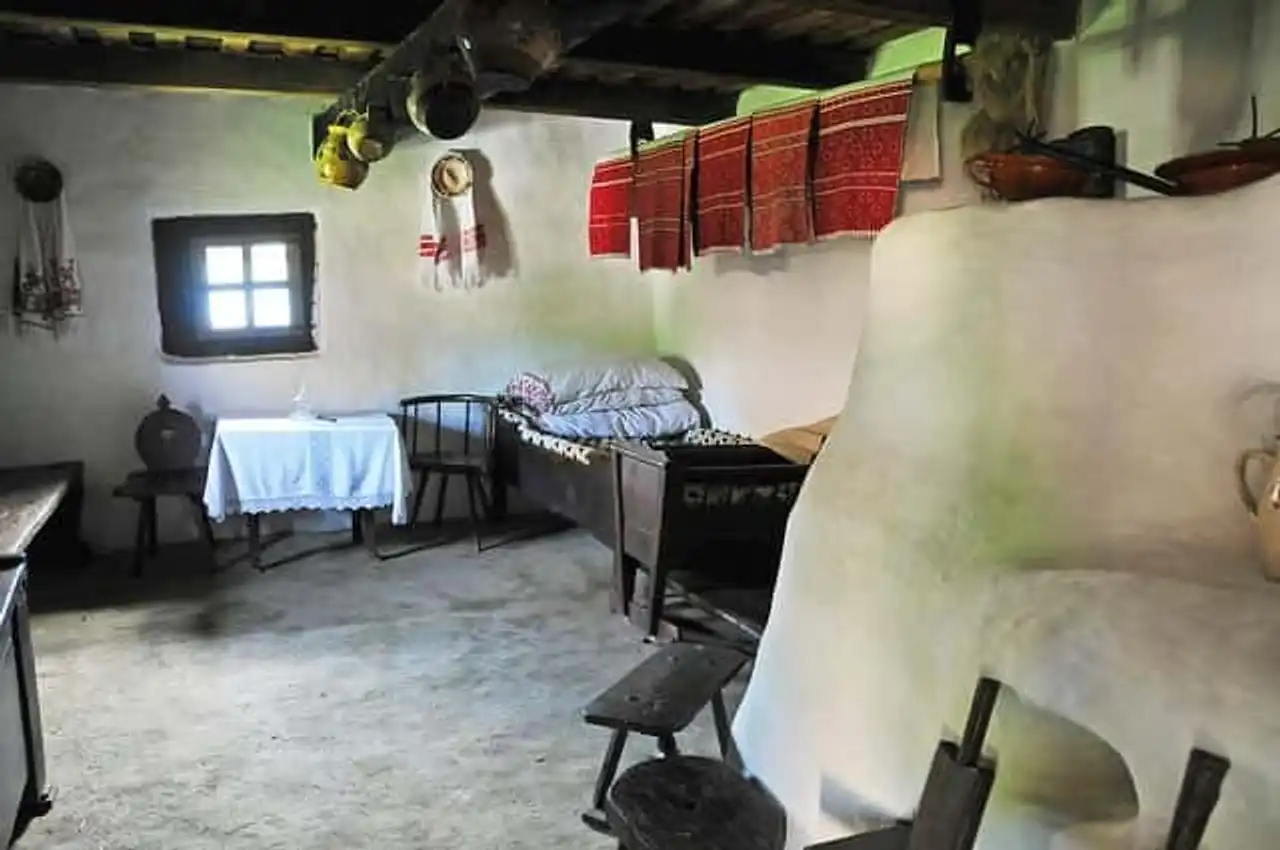
Flickr – Dennis Jarvis
On the shores of Lake Herăstrău, this museum is an extraordinary collection of several dozen farms, churches, mills and windmills recovered from rural Romania. Built in 1936 by Royal Decree, it is one of the oldest outdoor museums in Europe and a good choice to start your visit to Bucharest if you are with children. The tempacular museum contains more than 300 structures imported from the entire Romanian campaign. At times, you will feel more like an anthropologist than a tourist. The museum is open every day for an entry of 10 Lei (2,25€).
2. The Palace of Parliament
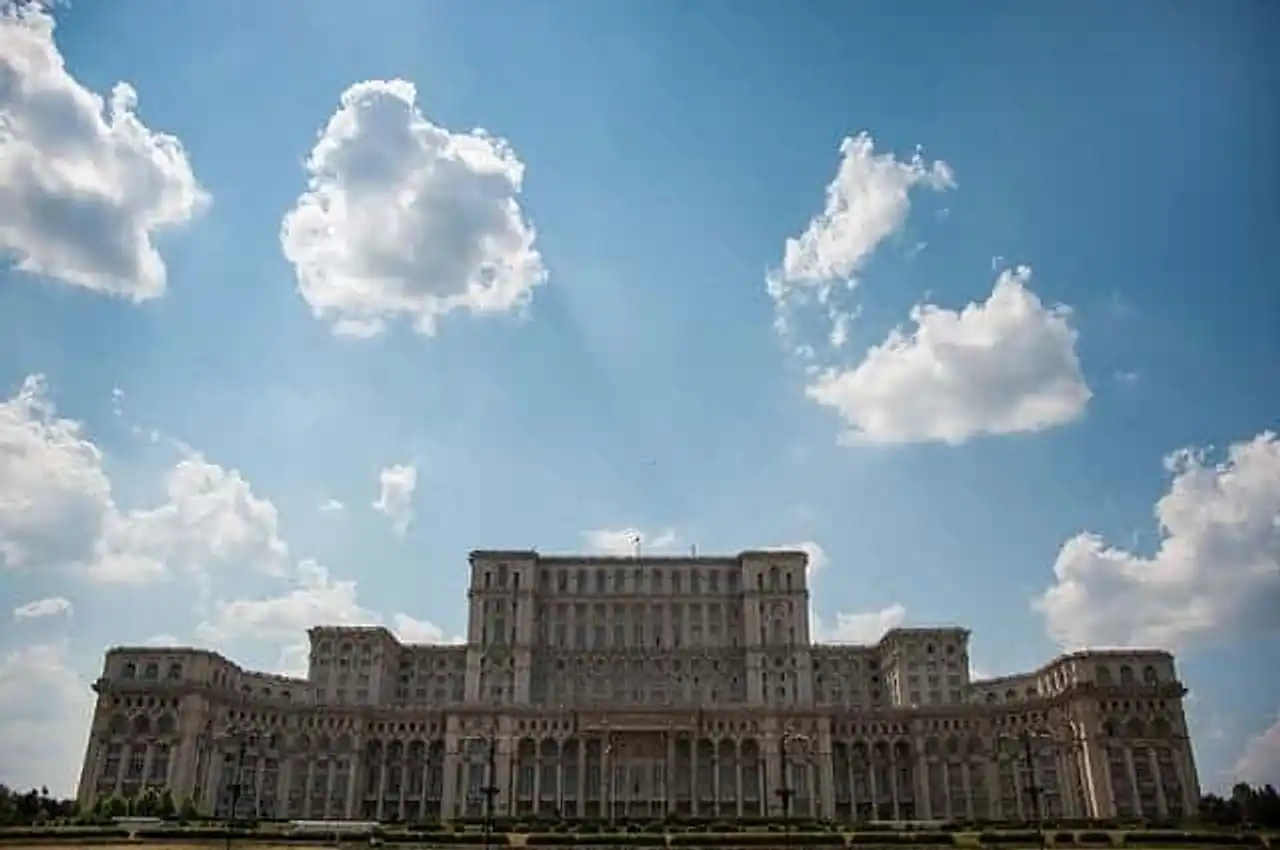
Wikimedia – Mstyslav Chernov
Second largest administrative building in the world (after the Pentagon in Washington, DC), this huge palace has been controversial since its construction. Dictator from 1974 to 1989, Nicolae Ceausescu built this monument, requiring that only materials from Romania be used. The result offers a neo-classical exterior with an equally ostentatious interior. Some find him ugly, others beautiful. Some like it as an architectural realization, others defuse it as a persistent reminder of government corruption. Anyway, it's worth visiting and making your own idea.
The imposing building faces the Bulevardul Unirii . Several types of circuits are available, including a "standard" visit and a "full". Both take about 45 to 60 minutes: the full tower includes a view of the terrace and the basement. Don’t expect to have an accomplished and necessarily polished guide, but it’s the only way to get a glimpse of the inside of the building.
The entrance is made since the Bulevardul Naţiunile Unite on the north side of the palace (to find it, walk around the building to the right when you face it). You normally do not have to book a guided tour in advance but there may be a world. The visits take place every day from 10am to 4pm and you must count between 3.5€ and 10€ depending on the chosen visit.
3. Museum of History of the Romanian Jewish Community (Jewish Museum)
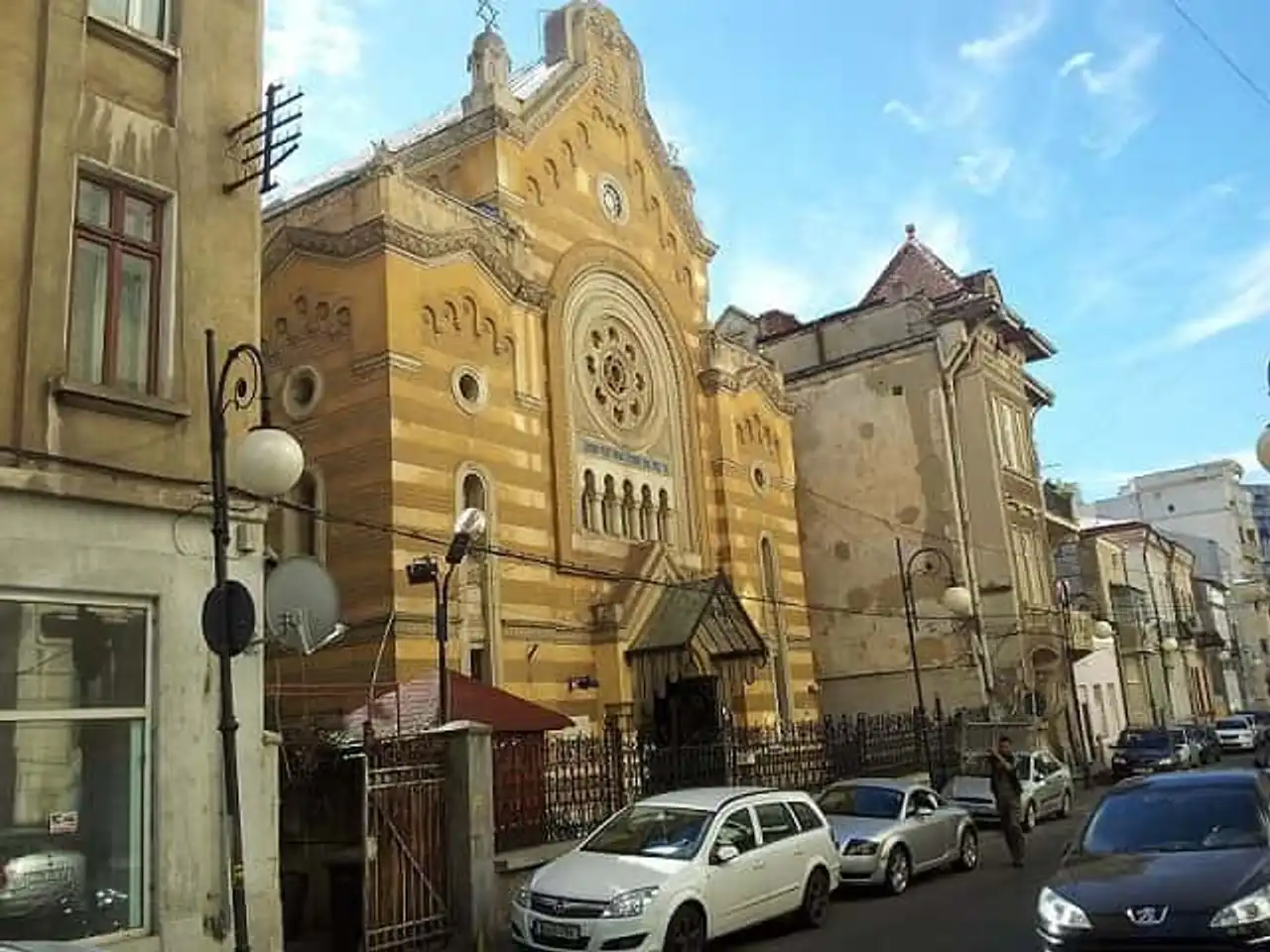
Wikimedia – Cristian Chirita
This museum that can be visited between 9am and 2pm (except Friday to Sunday until 1pm) every day has the particularity of being free . Bucharest had a flourishing Jewish community of over 40,000 people in the early 20th century. But most of them fled the region because of communist and fascist regimes. Now, the Templul Unirea Sfântă din București or Jewish History Museum , which was installed in a colourful synagogue dating from 1836 (reconstructed in 1910), serves as a memorial and reminder enriching the past. The exhibition (in English and Romanian) highlights Jewish contributions to Romanian history, which all Romanians do not know. In 1941, 800,000 Jews lived in Romania, today only 10,000 remain in the country. You need your passport to get in. The museum is located in 3 Strada Mămulari .
4. Calea Victoriei (Avenue de la Victoire)
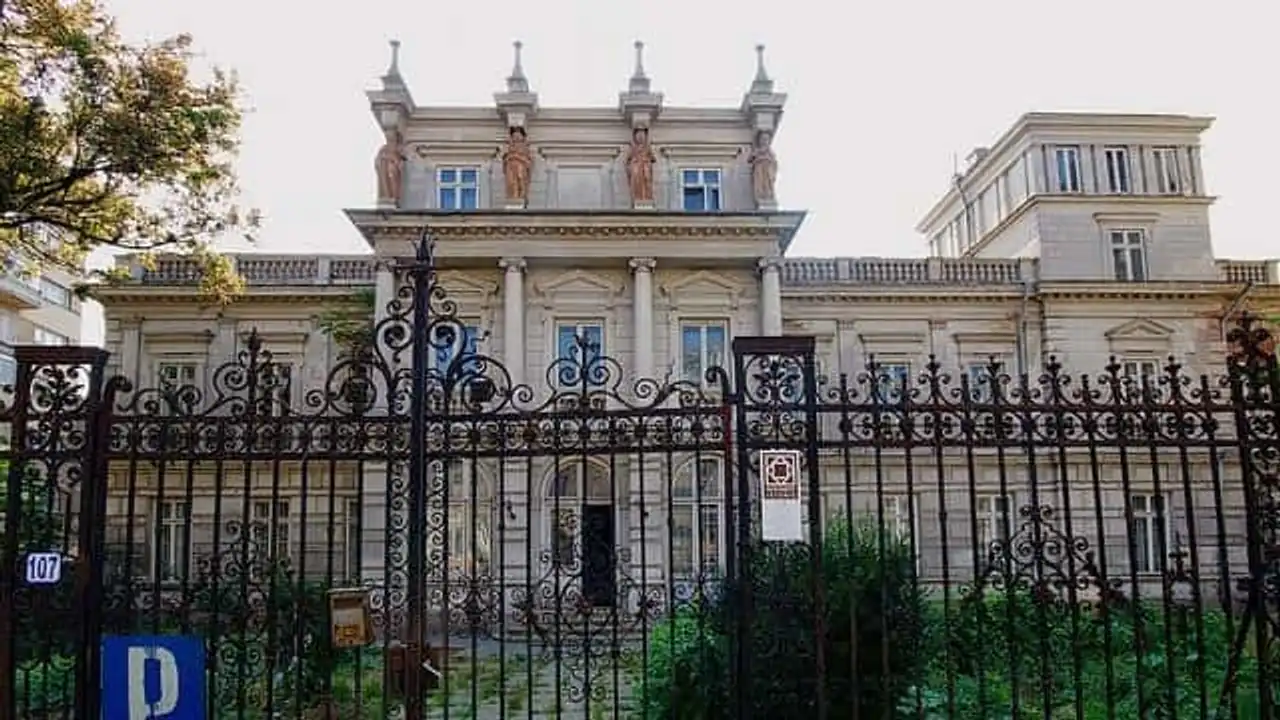
Le Palatul Știrbei sur la Calea Victoriei – Flickr – Sabin Iacob
Walk long the Calea Victoriei where you could very well fill the memory card of your camera. This artery is the most historic and fashionable in Bucharest. You will pass in front of the Musée de l’Ancienne Cour Princière where is a bust of Vlad ✱epeș, the Palace Cantacuzino (the sumptuous house of the rich former Prime Minister Grigore Cantacuzino), Piața Revoluției (the place of the Revolution was at the heart of the fighting during the Romanian Revolution of 1989 which overthrows the regime of Nicolae Ceaușescu), and the National Art Museum of Romania among others. Don't miss either Military Circle . Between the visits, you can take a break in a restaurant or a café.
5. Relax at Cișmigiu Park and Herăstrău Park
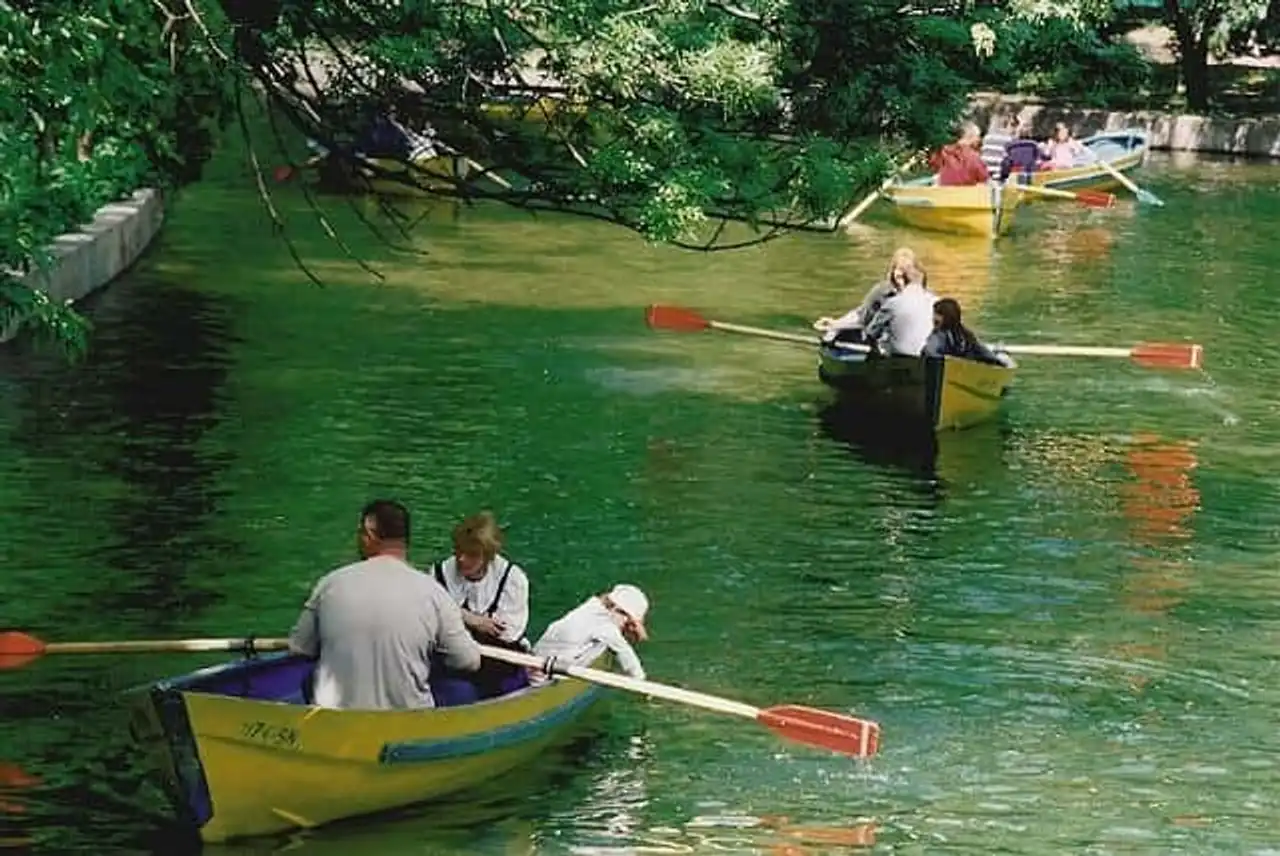
Wikimedia – Joe Mabel
To the west of Calea Victoriei you will find the garden Cişmigiu that the premises love, with shaded walks, a lake, cafes and a number of benches on which to sit and watch the bucarestois pass.
Near Place Charles de Gaulle and the Arc de Triumf, Park Herăstrău of 200 hectares extends along the large lake of the same name. It is certainly the most beautiful park in Bucharest, with many trails to walk or run, and even boats to rent for a ride on the lake. In the evening, in the summer, some of the best clubs in the city settle along the shores and turn the park into a festive scene.
6. Romanian athene
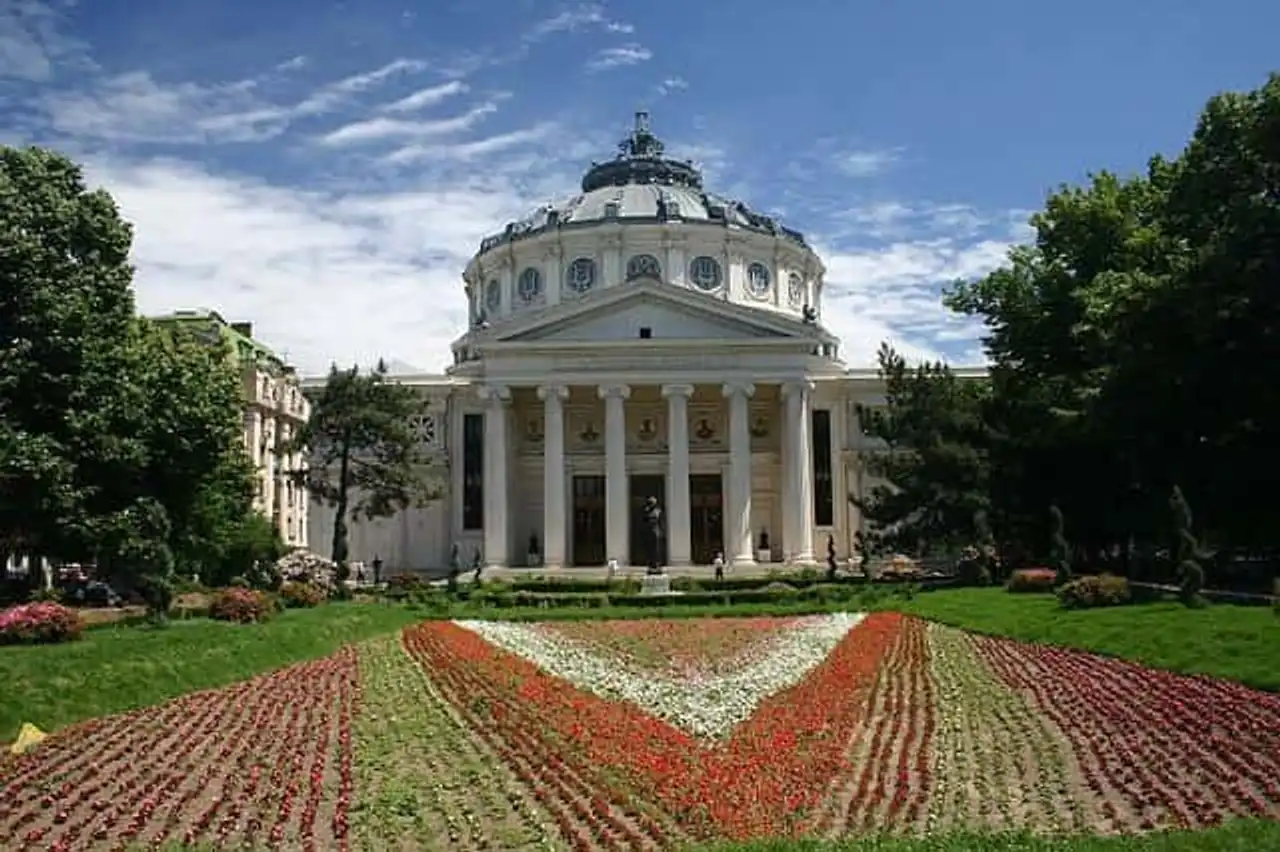
Flickr – Nicolai Bangsgaard
Most prestigious concert hall of the country, the Romanian athene is a national monument dedicated to arts and culture, built almost entirely from public funds. Completed in 1888, French architect Albert Galleron designed to design an antique temple for a modern city. The result is an amazing mix of classical architecture decorated with a French torch. Inside, the place is known for its quality acoustics. He is currently hosting the George Enescu Philharmonic Orchestra. The best way to visit and enjoy the architecture and interior decorations of the building is to attend a concert (prices do not exceed 14€).
7. National Art Museum of Romania
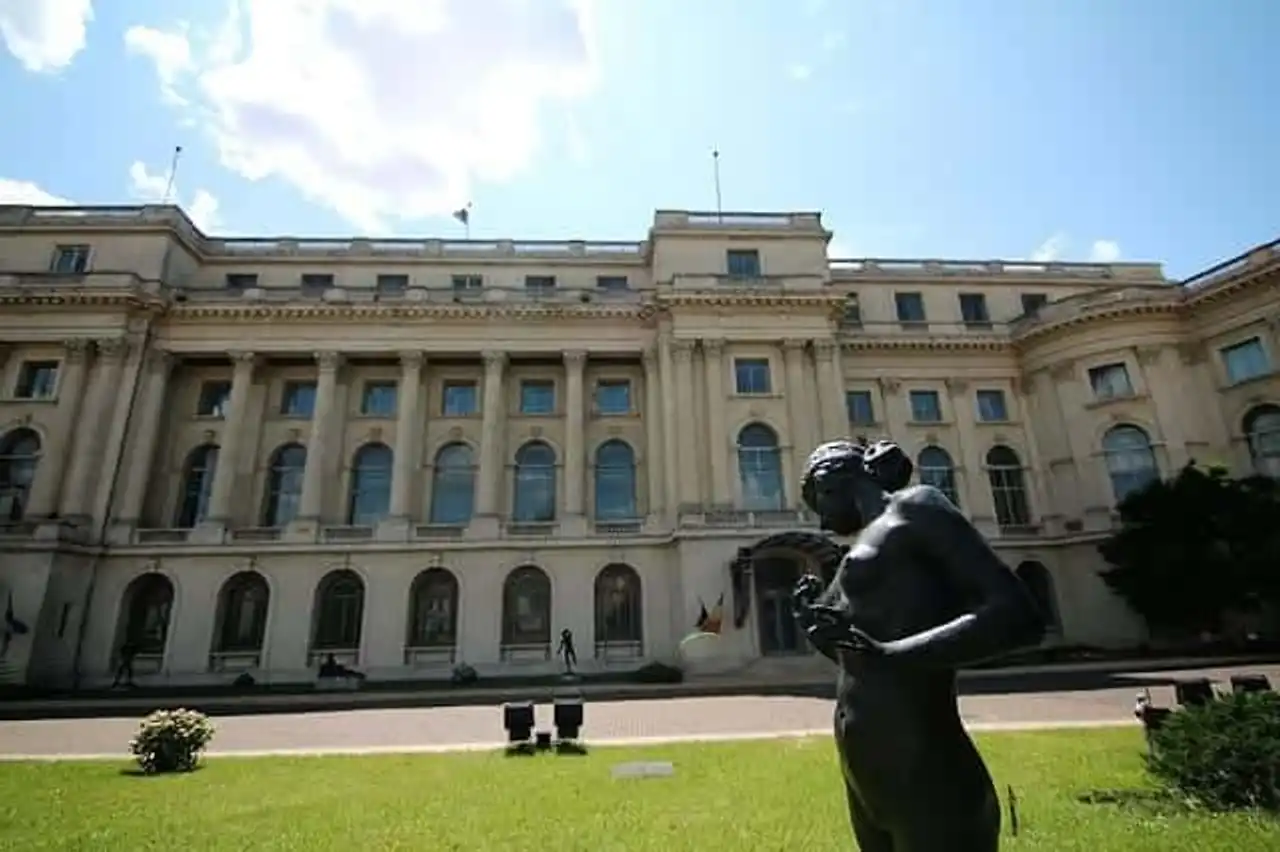
Wikimedia - Nicubunu
Installed in the Royal Palace of Bucharest Built in the 19th century by French architect Paul Gottereau, this huge museum in several parts, has three collections: one on ancient and medieval Romanian art, one on modern Romanian paintings and the last on European art. The collection of ancient art includes many religious icons and art, while the section on Romanian paintings offers an important overview of the masters of the 19th century. Keep your time especially for the European Art Gallery a collection of 12,000 works arranged by nationality. The Royal Palace itself was a feast: it was the official royal residence in 1834 under the reign of Prince Alexandru Ghica. The current façade dates back to the 1930s. Until 1989, it was the seat of the Council of State and it was called the Palace of the Republic. The museum is open from 11am to 7pm (May to September) and from 10am to 6pm (October to April). Rate: count 15 lei .
8. The Romanian Country Museum
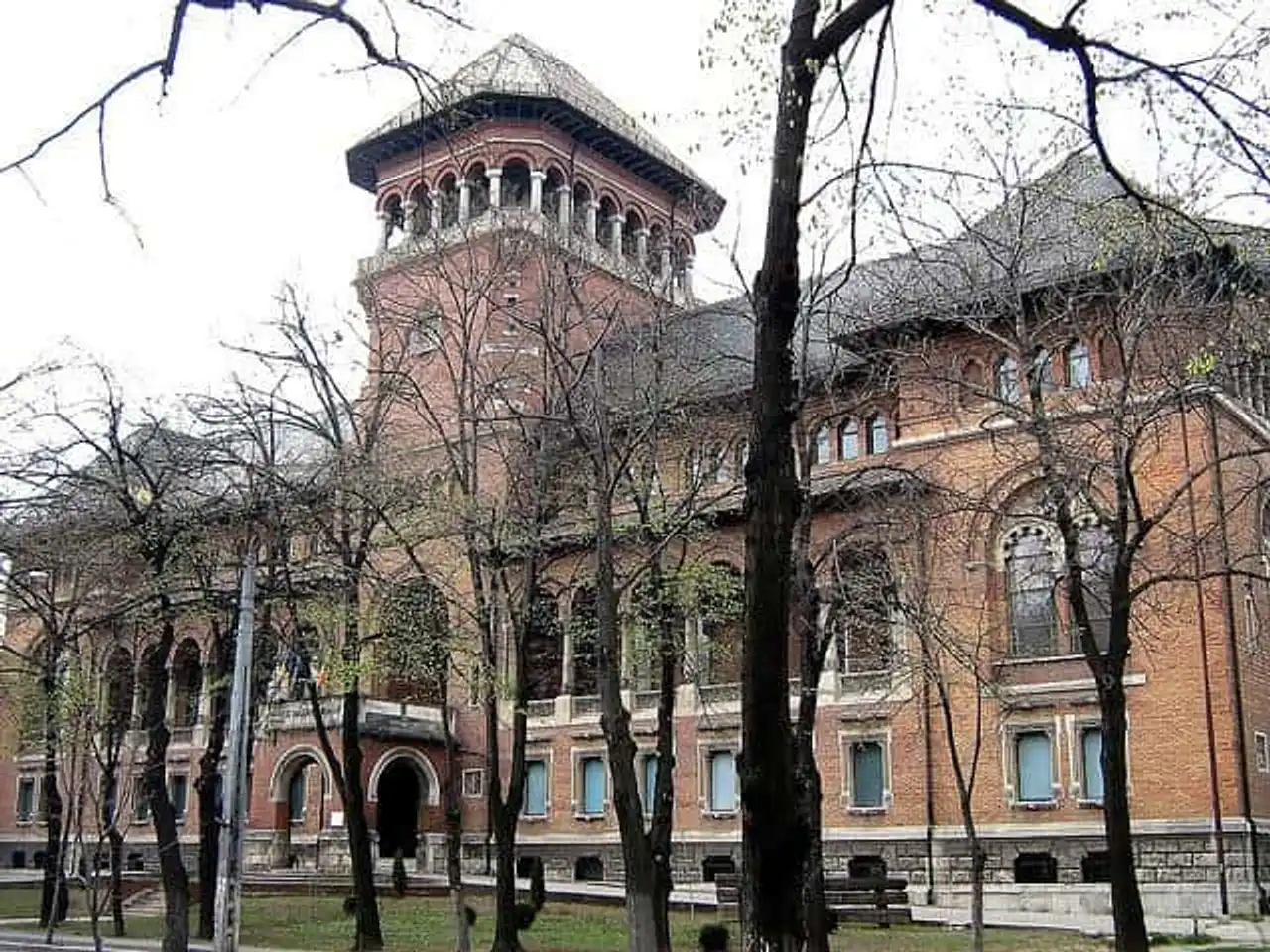
Flickr – Gabriel
One of the best museums in Bucharest collects the wealth of the peasant world objects and works of art, costumes, icons, and partially restored houses and churches of traditional Romanian peasants. This living place is located in a huge neo-Roman building and will let you see the landscape of the Romanian countryside without leaving the city. At the bottom of the museum, don’t miss the exhibition of communist iconography which focuses on the Ceauşescu program for land collection, which has destroyed almost completely the traditional way of life.
9. Take a coffee or a drink at Grădina Verona
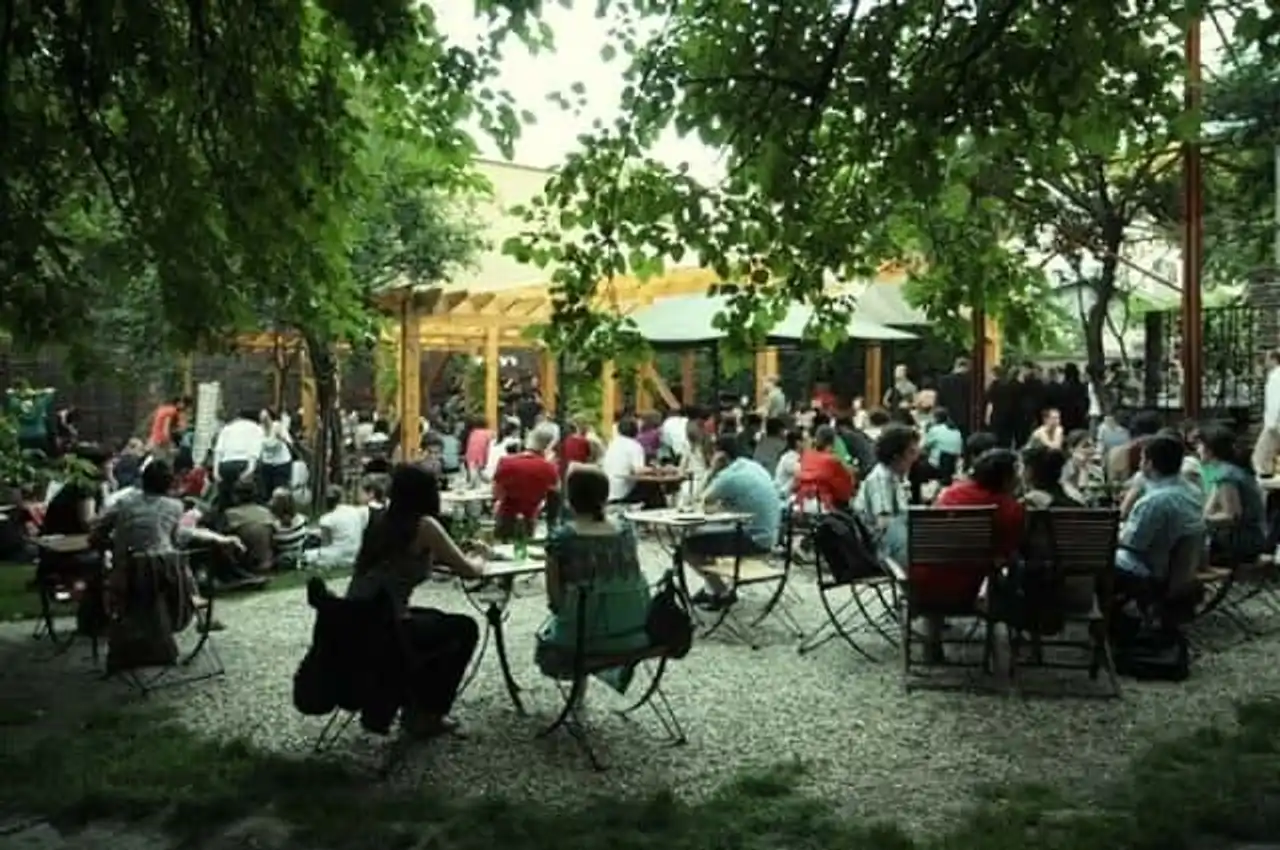
Credit – afterhours.ro
In one beautiful garden hidden behind the bookstore Cărtureşti , serving all you want, but above all excellent expresso coffee and the most stuffed iced tea infusions that you can taste in Romania, as in the peony, mango and green lemon flower. Note that the service here is probably the slowest in all Bucharest, but we do it.
10. The district and Lipscani Street
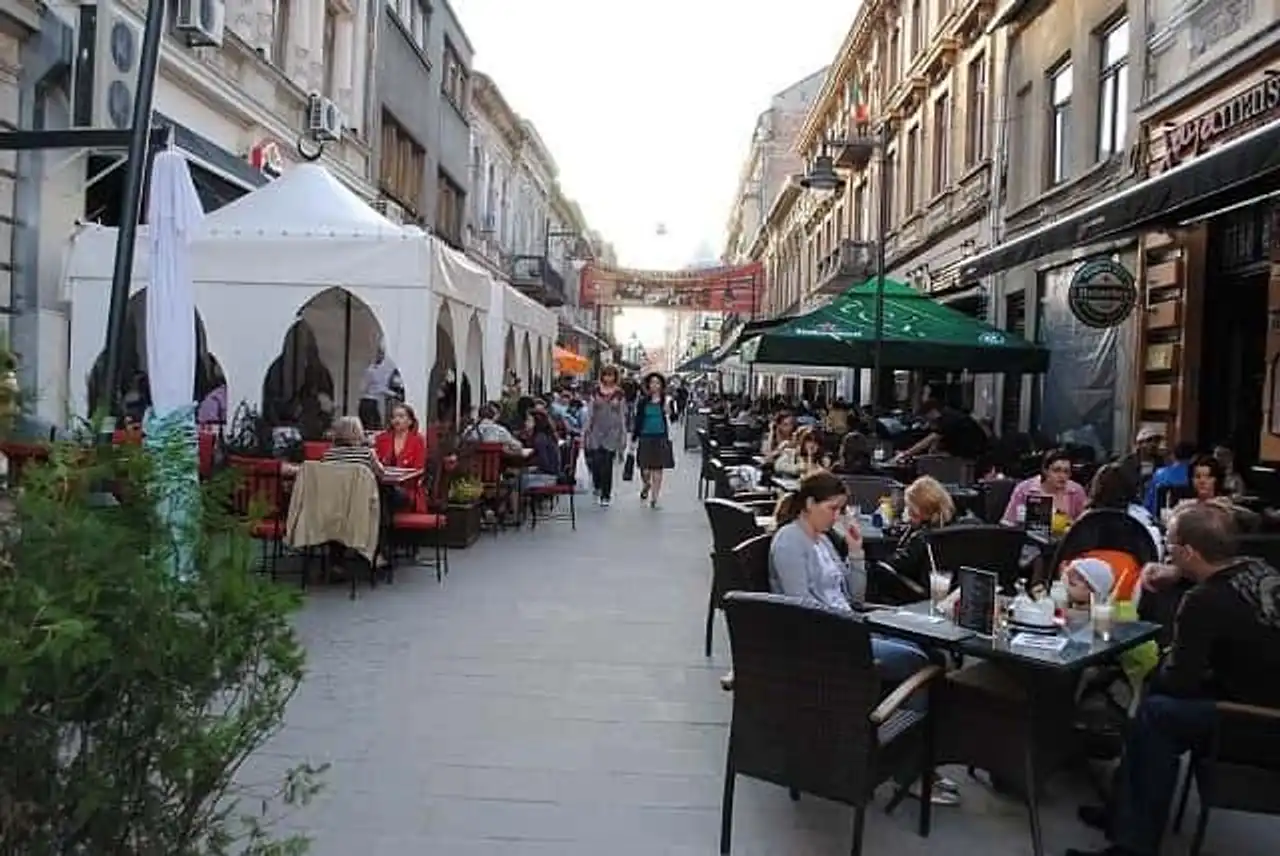
Wikimedia – kikiricky
Located close to the ruins of the former Court of Princière (Musée de l’Ancienne Cour Princière) built by Vlad III says “The Employer”, Lipscani served as an important commercial area for the entire Valachie since the 19th century. The word lipscan was used to refer to a merchant who introduced goods from Western Europe. Today, it is a popular area for its restaurants and bars. There are some chic boutiques and antique shops and the neighborhood gradually becomes a shopping area. But its small streets still keep the hiding place and the popular aspect of the city centre.
11. Other ideas of visits to Bucharest and its surroundings
If you have decided to stay more than a weekend, you may need inspiration to find additional things to see in Bucharest. Here are some:
- Arcul de Triumf (Arc de Triomphe)
- The neighborhoods around Bulevardul Unirii (trists but to see)
- House of Architects on the Place of the Revolution (Piața Revoluției)
- Taste the traditional Romanian cuisine, especially in the first brewery of the city: Caru’ cu Bere
- The Church of the monastery Stavropoleos (inside is beautiful)
- Visit the Château de Bran (Dracula cake) during a day from Bucharest
Bucharest: How to get there? Where to sleep?
With the companies Wizz Air (Paris Beauvais), Blue Air (Nice), TAROM and Germawings (Paris CDG, Lyon), and Vueling Airlines (Paris Orly, Marseille), you can fly to Bucharest at very reasonable prices. For your stay dates, use Ulysses and find the cheapest flight.
Bucharest is considered to be the cheapest city in Europe to travel there. So you will not have a problem finding a youth hostel and even a slightly higher-end hotel at affordable prices. Stay to know the neighborhood to choose to staying in Bucharest . To find a cheap hotel in Bucharest, search this Compare hotels .
Have you visited Bucharest?
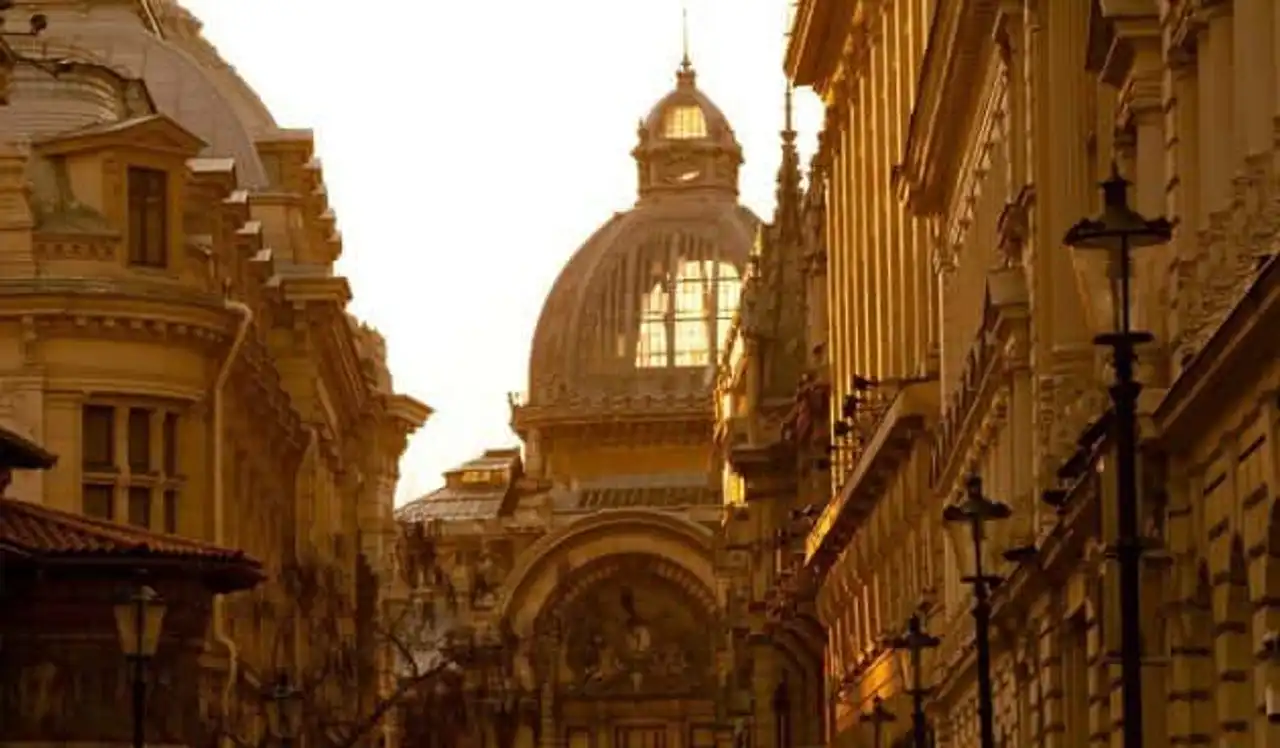




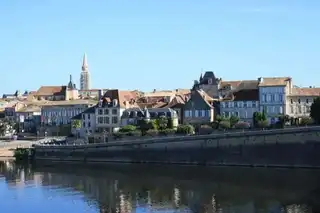
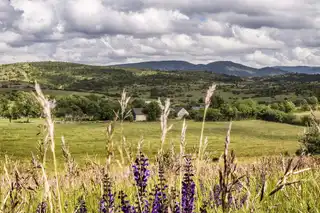
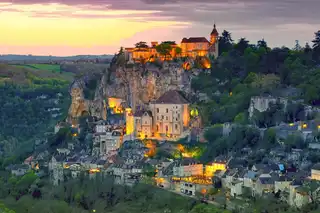
Loading comments ...